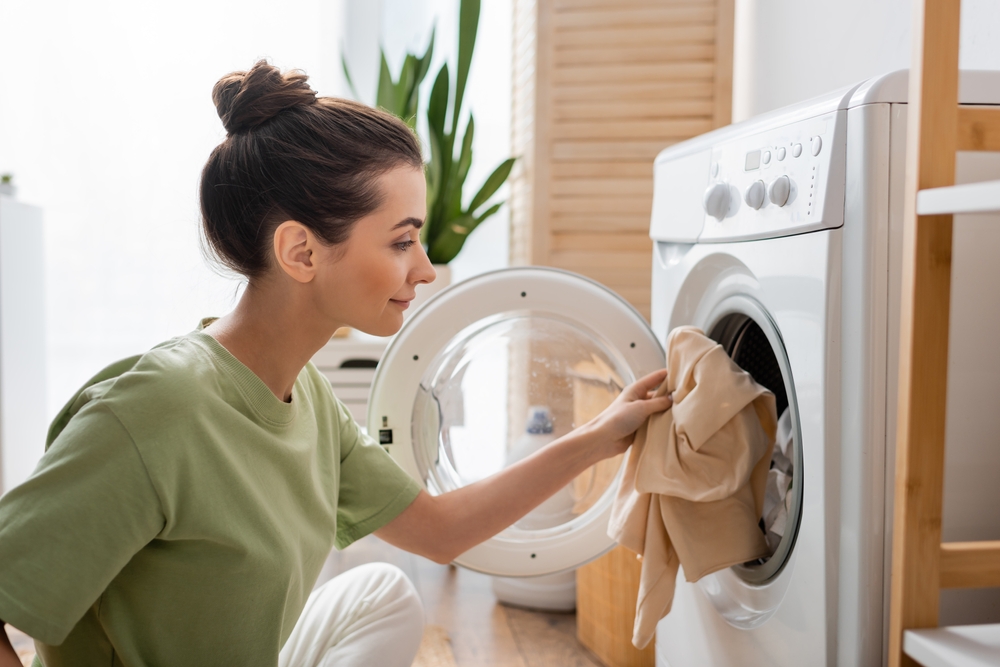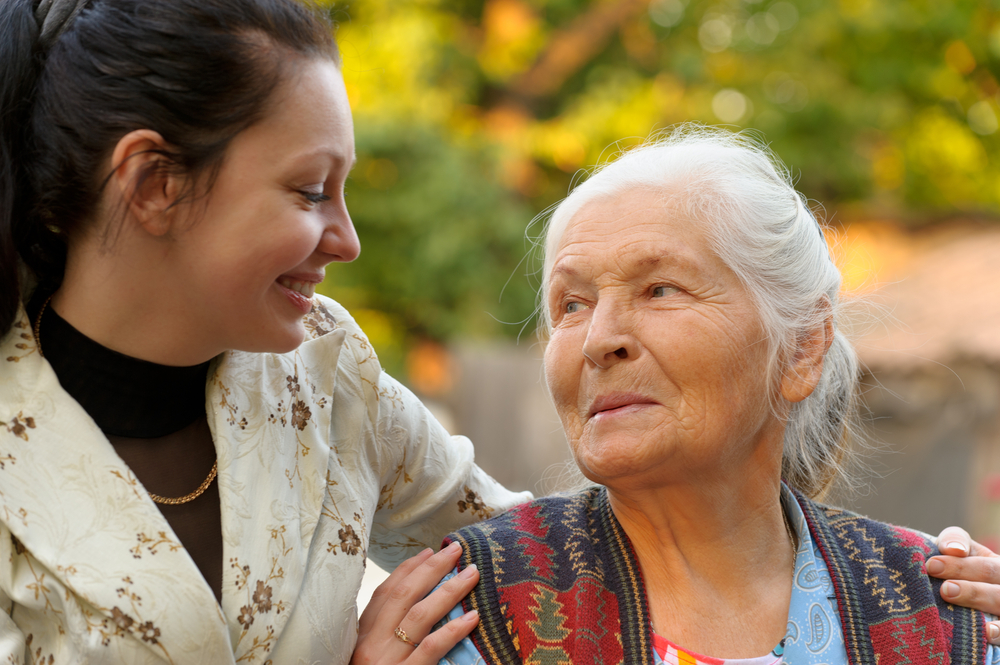How to Remove Urine Smell from Elderly Clothing
Category:

Having to remove urine smell from elderly clothing or bedding is an all too common challenge when caring for a senior. When accidents happen, having a plan of attack and a toolkit of solutions ready to go can save you valuable time. And perhaps more importantly, save your loved one from any undue embarrassment by making clean up quick and simple. In this post, we’ll help you prepare for an accident before it happens and give you our best tips for removing urine smell from laundry and clothes.
What Gets the Smell of Urine out of Clothes?
If you’re finding that your normal laundry detergent isn’t enough to get the urine smell out of clothes or sheets, there are a few solutions that can help get rid of those more persistent odors.
Baking Soda
Baking Soda can be used as an additive to your laundry detergent, but if that’s not enough, try pre-soaking your clothes or bedding in a mixture of cold water and baking soda or applying as a paste to the stain directly before washing.
Tip: it’s best to use cold water when working with stains. While hot temperatures can help kill the bacteria causing the smell, warm water can also help set stains.
White Vinegar
White Vinegar is another common household item that can be used as an additive to your washing machine as a natural deodorizer.
Odor-Neutralizing Sprays
If these common household cleaners aren’t enough to get the job done, consider odor-neutralizing sprays or specialized cleaners made specifically for removing pet odors.
How To Get The Smell of Urine Out of Clothes: Step By Step Guide
Now that you have your supplies, it’s time to learn how to remove the smell of urine from clothes properly.
1. Remove Excess Urine
Use a rag or paper towels to remove excess urine. Remember to gently blot the stain as pressing too hard may cause it to spread. From there, you can rinse the stain before thoroughly squeezing it out.
2. Pre-treat stain
If you plan on using one of the odor-neutralizing sprays or applying a baking soda paste as we discussed above, you can go ahead and apply it now.
3. Soak In Baking Soda (or Vinegar)
If the odor persists, fill a sink, bucket, or tub with water and baking soda and allow your clothes or bedding to soak for 15 – 30 minutes. White Vinegar can be used as an alternative.
4. Rinse Thoroughly
After soaking, rinse your laundry thoroughly to remove any excess cleaner.
5. Launder (And Repeat)
Follow the standard wash instructions for the laundry and repeat steps 2 – 5 as necessary if odor persists.
6. Dry
Download Our FREE Path to Care Guide
Once your laundry passes the smell test, you can follow the standard drying instructions. However, if possible, drying laundry outside allows you to take advantage of the natural cleaning power of the sun’s UV rays.
Tips For Removing Urine Smell From Elderly Clothing
Planning ahead can make the difference between an easy clean up and a stain you spend hours trying to clean. Follow these tips to make your next clean up quick and simple:
● Choose the Right Fabric – choose natural, breathable fabrics like cotton to reduce the risk of odor retention.
● Use Protective Garments – invest in protective underwear and bed pads to protect clothes and mattresses against stains and odor.
● Plan Ahead – have your cleaning products, a method for transporting soiled laundry, and any other tools you plan on using ready to go in a convenient location.
● Act Quickly – the longer urine sits, the harder it is to get rid of the smell. If possible, clean any soiled laundry immediately. If you can’t clean up right away, do your best to store it in a breathable bag to avoid odor retention.
To learn more about our home care services, contact our caregiving team today at 1-800-GRISWOLD or find a Caregiver near you.
Subscribe
Date: 2024-07-02
Category:


